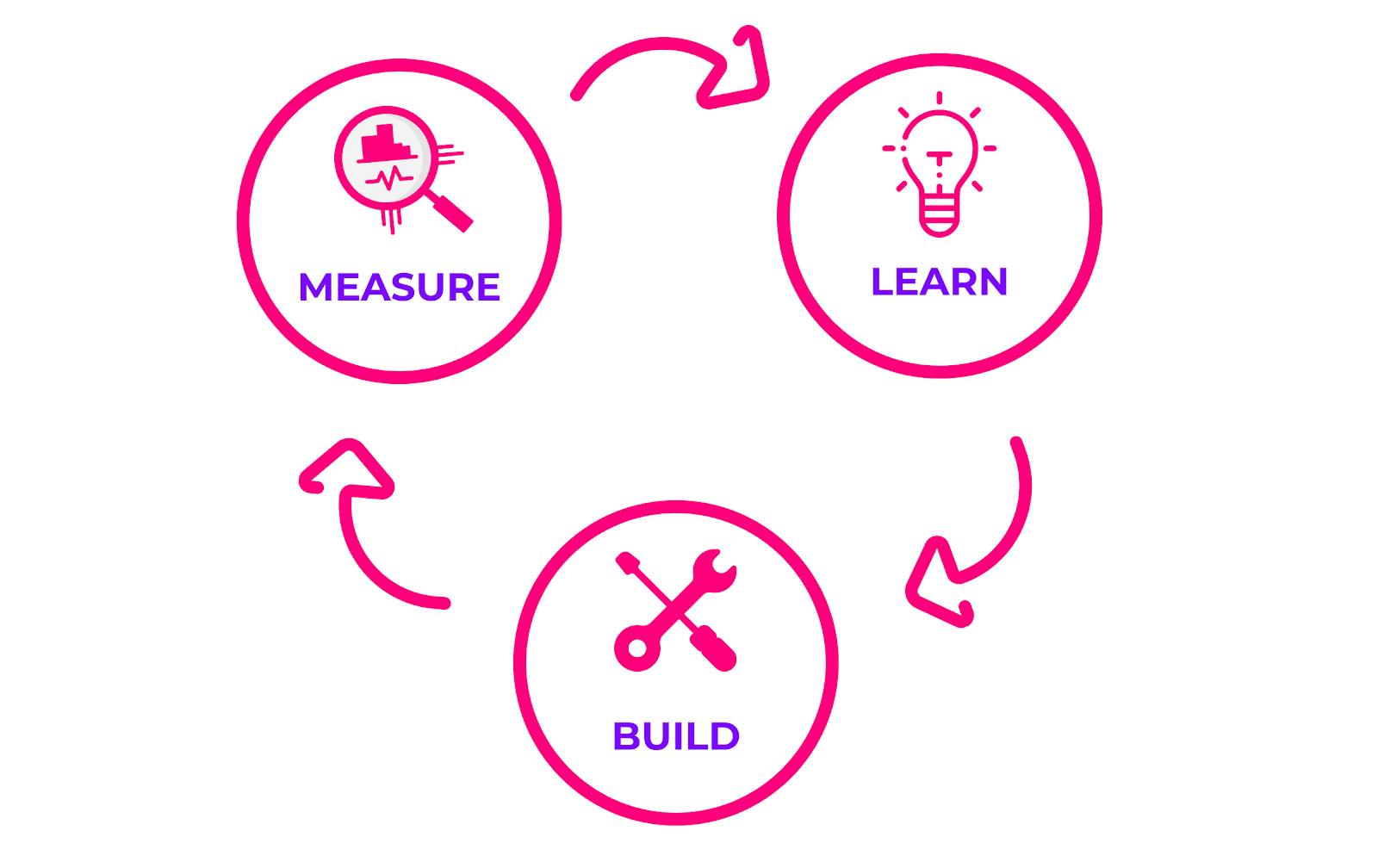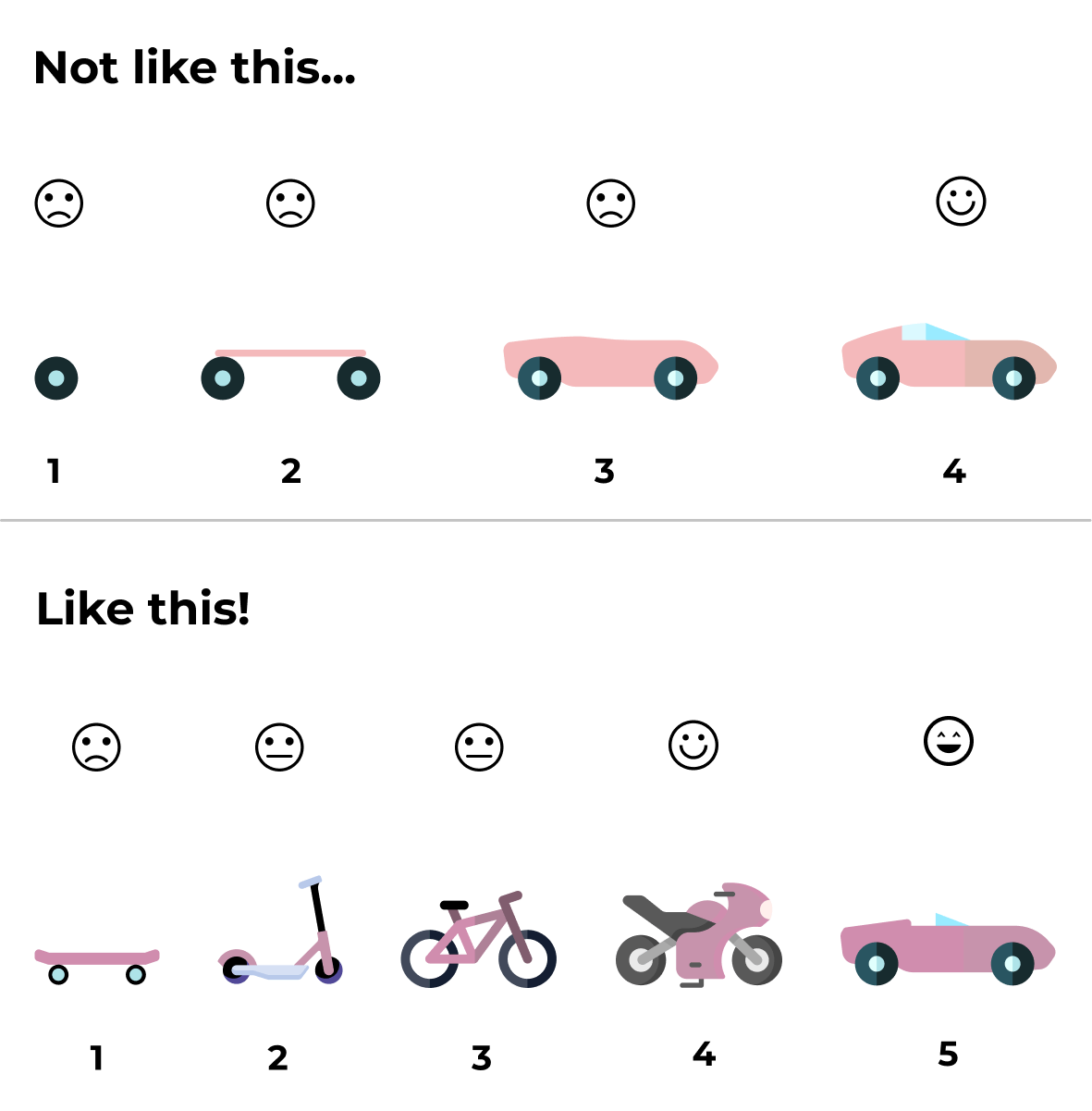Founding a new start-up, or introducing a new product, is in essence, a win-or-lose deal. We all know the drill – you gather a team, create a business plan, pitch it to investors, bring your product to life, and begin selling as much as you can. And, at some point in this process, there is a big chance that you’ll face deal-breaking complications. The numbers are stacked against you. According to Forbes, 9 out of 10 startups are doomed to fail. However, this should not discourage you to work on your business, but encourage you to do it smarter.
In this direction, a new methodology has emerged, called “Lean Start-up”. This methodology isn’t just about how to create a more successful entrepreneurial business. It’s about finding more quickly what works, and discard what doesn’t. For this purpose, it promotes:
- experimentation over thorough planning,
- validated learning over intuition, and
- iterative over “Big Design Up Front” development.
Although this methodology is quite young, many prominent companies have begun to employ it, including P&G, General Electric, Intuit, Dropbox, and Toyota, while the lean startup principles are taught in classes at many universities, such as Harvard and Berkeley, and are even implemented in municipal governments.
The Three Pillars of Lean Start-up
Business Model Generation
It is a common belief that the first thing you have to do, as an entrepreneur, is to write down a convincing business plan. If you’re an entrepreneur, this means that, by nature, you’re a glass-half-full kind of person. That’s generally a great thing, except when it comes to writing a business plan. You can’t just start with a sales number and instinctively claim that it will increase 20 percent each year over the next five years. You can’t just assume that people will love your products so much that sales will double in just a short time period. This whole “business plan” process rests on the assumption that it is possible to uncover most of the unknowns of a business in advance before you even raise money and actually run your idea.
Once your business idea obtains funding, you typically start your product development. During this process, developers spend thousands of man-hours to prepare it for launch, which can take months or even years, during which you obtain a little, or none, customer feedback. Only after completing and launching your product you get real input from customers — commonly when you attempt to sell it. How would you feel if, after spending so much time and money, you learned the hard way that your customers do not need or want most of your product’s features?
At the core of the lean start-up methodology, stands the belief that while established companies execute a business model, start-ups are looking for one.
However, a no-plan alternative isn’t the solution either. Instead of chasing a mythical perfect plan, you just need to accept that all you have on day one is a series of untested assumptions, which are simply, good guesses. What can really help you, at this point, is to summarize these assumptions in a framework called “lean canvas”. Essentially, this is a 1-page business model that can be frequently updated and it is less static and rigid than a business plan. (Get your lean canvas & lean canvas example)

Customer Development
So you have an innovative idea for a solution? That’s great! But without customers willing to buy, it doesn’t matter how good or beautiful or reasonably priced your product is: it will fail.
Instead of assuming that your ideas and intuitions are correct and embark on product development, you need to get out of the building and actively try to poke holes in your ideas, to prove yourself wrong, and to invalidate your hypotheses. Every hypothesis you invalidate through conversations with potential users, buyers, and partners, prevents you from wasting time in building a product that no one wants to buy. You can get feedback on all aspects of your business model, including product features, pricing, distribution channels, and sales strategies.
This Lean Start-up approach is called customer development and allows you to test your hypotheses and, pretty much, develop your product together with your customers.
At this point, your company’s adaptability and speed will determine its effectiveness: Your new ideas can rapidly turn into minimum viable products and immediately get customer feedback, which you can use to revise your hypotheses. This process is nothing but a learning cycle of turning ideas into products, measuring customers’ reactions and behaviors, and then deciding whether to continue with those ideas or make additional small changes (iterations) or significant ones (pivots); this process repeats as many times as necessary.
The phases of the loop are: Ideas → Build → Product → Measure → Data → Learn

This rapid process allows you to:
- discover a feasible path towards product-market fit, with a demonstrated demand for your product
- continue optimizing and refining your business model after that.
Agile Development
Lean start-up methodology practices the well-known agile development that originated in the software industry. Agile development builds on the lean principles of eliminating wasted time and resources and ensuring overall optimization, by developing the product iteratively and incrementally. Rather than using long development cycles that require extensive and precise knowledge of customers’ problems and product needs, agile development works in minor increments, changing one detail at a time. Since agile is open to changing requirements, it is ideal for developing products and features quickly and just-in-time. That’s why Agile development works perfectly hand-in-hand with customer development.
There can be a great misunderstanding, however. A lot of people think that developing a product incrementally means delivering an unfinished product. The image below, by Henrik Kniberg, captures the essence of what we mean by iterative & incremental product development in the Agile & the Lean start-up methodology. In this metaphor, the car represents any kind of customized product development situation and the customer represents people like product managers, product owners, and early adopter users.

Not like this :
Let’s say that, in your first iteration, you deliver a tire to your customer, in the second, you deliver the wheelbase, in the third you deliver the car skeleton, and so on. With each delivery, the product gets closer to done, but your customer is still angry because he can’t actually use the product. It’s still just a partial car. And finally, when your product is done, your customer will be probably wondering why you didn’t just skip all those useless deliveries and go straight to delivering his car.
In Henrik’s car example your customer is happy when he gets his final product because it’s what he ordered. In reality, that’s usually not true. A lot of time has passed without any actual user testing, so the product is most likely full of design flaws, based on incorrect assumptions about what people need.
The first row illustrates a “bastardized agile” approach which might be, technically, an incremental and iterative delivery, but, in reality, doesn’t allow any actual feedback/learning, to trigger the Customer Development loop we analyzed before.
Like this :
With this approach, you focus on the underlying need that your customer wants you to fulfill: transportation. So, in your first iteration, you deliver to your customer the smallest thing that you can think of that will get the customer testing things and giving you feedback (Minimum Viable Product). Thus, let’s say that you deliver a skateboard. Unlike the wheel, the skateboard is actually a usable product that your customer can use for transportation. Then, the second delivery could be a rollerblade, the third a bicycle, and so on.
By delivering small functionally viable increments you gain valuable feedback that can really save you time and money. For example, in our metaphor, you could ask your client what he thought about the skateboard you delivered. And he could reply that he hated its red color but he loved the feeling of fresh air on his face. You could use that information and apply it to your final product, to make sure that it will be something that he really likes and makes him happy. For example, you could use a color other than red and design the car to be a convertible.
When it comes to founding a new start-up or introducing a new product, the road to success is paved with failure. It is something you need in order to grow, and it will probably happen multiple times until you manage to get it right. The Lean Start-up methodology provides you with tools to rapidly uncover upcoming failures and, at least, fall quickly and cheaply, so you can immediately get up, make the necessary changes, and try again. It’s all about knowing when to turn and when to preserve and grow your business. And when you manage that, you can keep thinking lean towards perfectionism.